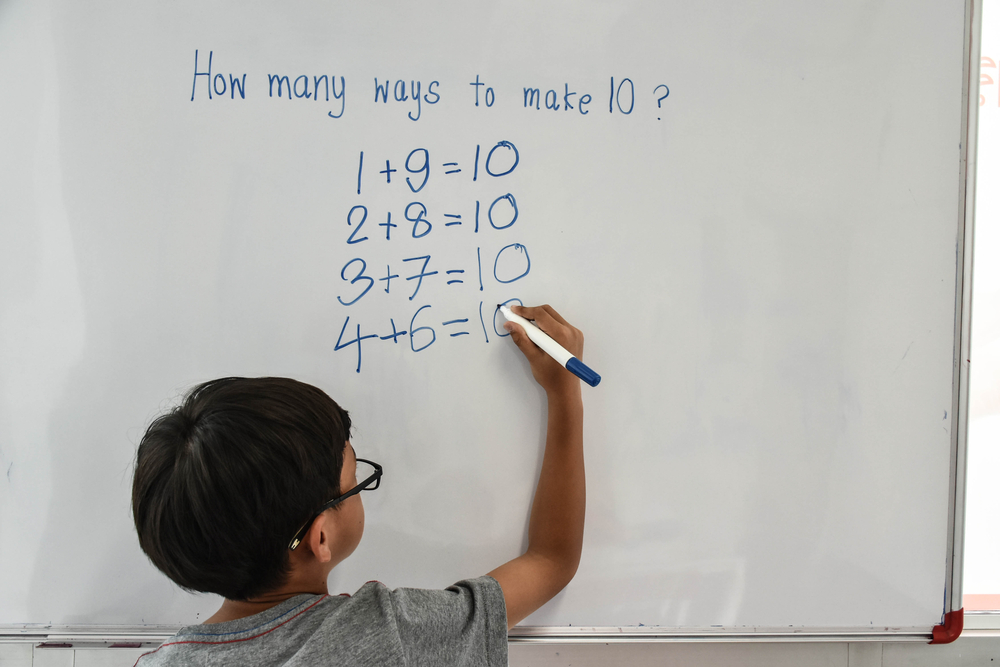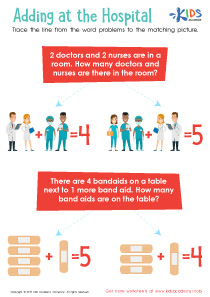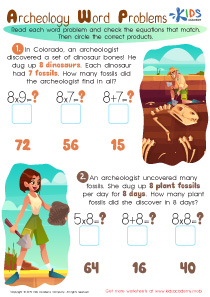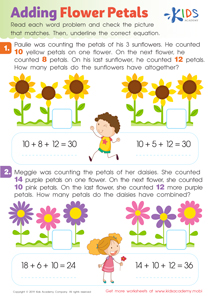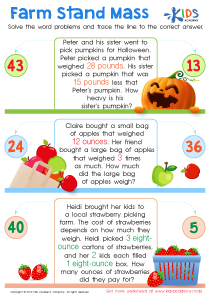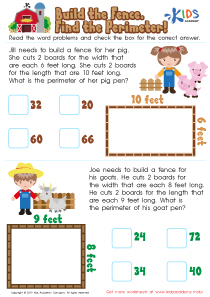Normal Money Word Problems Worksheets for 7-Year-Olds
1 filtered results
-
From - To
Introduce your seven-year-old to the world of basic finance with our Normal Money Word Problems learning worksheets! Designed to blend fun with education, these worksheets challenge young learners to apply their math skills in practical scenarios involving money. Each sheet is filled with engaging, age-appropriate problems that cover essential concepts like addition, subtraction, and understanding currency. Perfect for enhancing mathematical proficiency and financial literacy from a young age, our learning worksheets are an invaluable resource for budding scholars eager to master the basics of money management. Equip your child with the skills they need for real-world success!
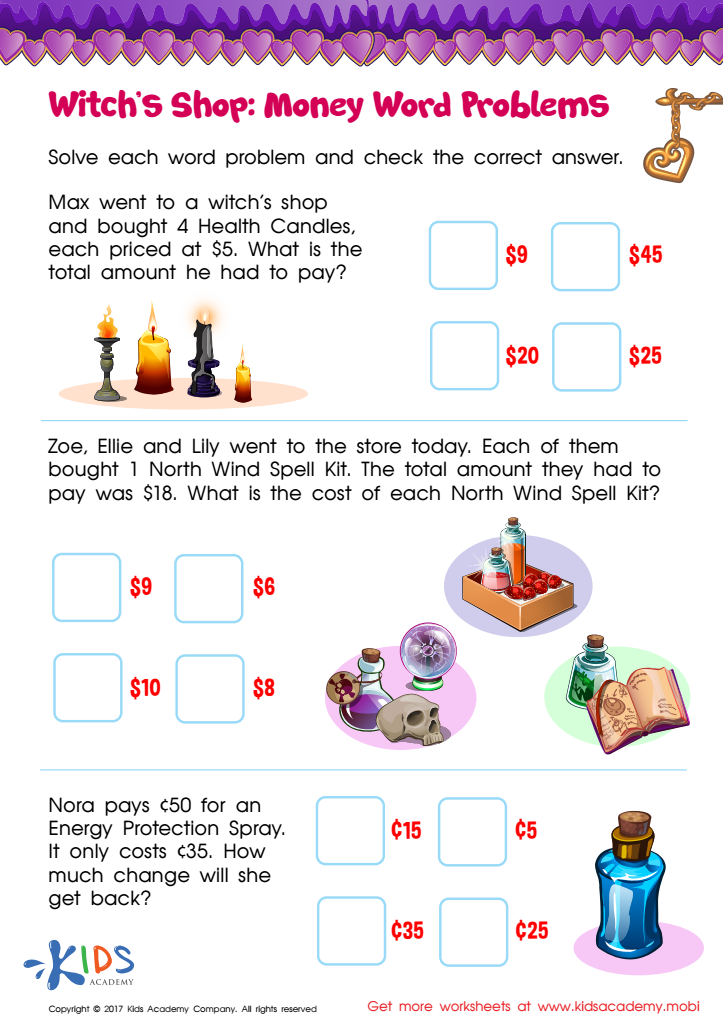

Money Word Problems Printable
The Importance of Learning Printables: Normal Worksheets on Money Word Problems for Seven-Year-Olds
As children grow, their educational needs evolve, requiring tools that not only keep them engaged but also enhance their understanding of complex concepts. One such effective educational tool is learning printables, particularly normal worksheets focused on money word problems. These worksheets are tailor-made for seven-year-olds, providing a balanced mixture of fun and challenge in their learning process.
Money word problems are a critical area of mathematics that integrates real-world applications with basic arithmetic. For seven-year-olds, this integration serves multiple educational purposes. Firstly, these worksheets introduce young learners to essential mathematical operations such as addition, subtraction, and simple multiplication through context that they can visualize and relate to - shopping, saving, and spending.
Learning printables come in various engaging formats that capture the attention of young minds. They often feature colorful designs, characters they can relate to, and scenarios that mirror everyday situations. This familiarity helps children connect with the material, fostering a deeper understanding and retention of the concepts taught.
Moreover, normal worksheets on money word problems enhance critical thinking and problem-solving skills. For a seven-year-old, solving these problems requires them to read, comprehend the scenario, and decide what mathematical operation to apply to arrive at a solution. This process is invaluable as it trains them to think logically and make connections between the problem presented and the mathematical tools they have at their disposal.
Another significant advantage of these learning printables is their ability to teach young learners the value of money and basic financial literacy. By solving problems involving scenarios such as buying toys or saving pocket money, children gain a practical and early understanding of managing finances. This early exposure is crucial in setting the groundwork for responsible money management skills later in life.
Additionally, these worksheets are designed to cater to individual learning paces. Not every child learns at the same speed, and having worksheets available means that they can practice over and over until they grasp the concept thoroughly. This repeated practice ensures proficiency and confidence in handling similar problems in real-life situations.
Engagement is another critical factor where learning printables excel. They often incorporate elements of games, puzzles, and quizzes, making learning about money management an enjoyable activity rather than a mundane task. This fun approach can lead to increased motivation and a positive attitude towards learning complex subjects like mathematics.
Furthermore, the structured nature of these worksheets allows parents and teachers to track the progress of their child or students effectively. They can identify areas where the child excels or needs more support, and adjust the learning pace or methods accordingly. This tailored approach ensures that each child can achieve their best potential in understanding and applying the concepts of money management.
In an age where digital tools are prevalent, the tangible aspect of learning printables such as worksheets provides a break from screen time, which is beneficial for the cognitive and physical health of young children. Handling paper, writing, and drawing are activities that help in the development of fine motor skills and hand-eye coordination.
Furthermore, these worksheets encourage parental involvement. Since they are easily accessible and understandable, parents can actively participate in their child's learning process. This involvement not only enhances the child's learning outcomes but also strengthens the bond between the child and the parent. It provides opportunities for discussions about money, value, and mathematics, promoting an enriching educational experience outside of the classroom environment.
Inclusion in a structured educational system, such as a classroom setting, also means that these worksheets can be used to promote collaborative learning. Children can work in pairs or small groups to solve problems, discuss strategies, and share ideas. This peer interaction is crucial for social learning and helps children learn to communicate their thoughts and understand others' perspectives.
In conclusion, normal worksheets on money word problems are an invaluable tool for teaching seven-year-olds important mathematical concepts and real-world applications. These learning printables not only make the learning process engaging and relevant but also foster critical thinking, financial literacy, and independent and collaborative learning skills. By integrating fun designs and practical scenarios, these worksheets ensure that children are equipped with the knowledge and skills they need to navigate their worlds more effectively, making them a fundamental part of early childhood education.
 Assign to the classroom
Assign to the classroom

